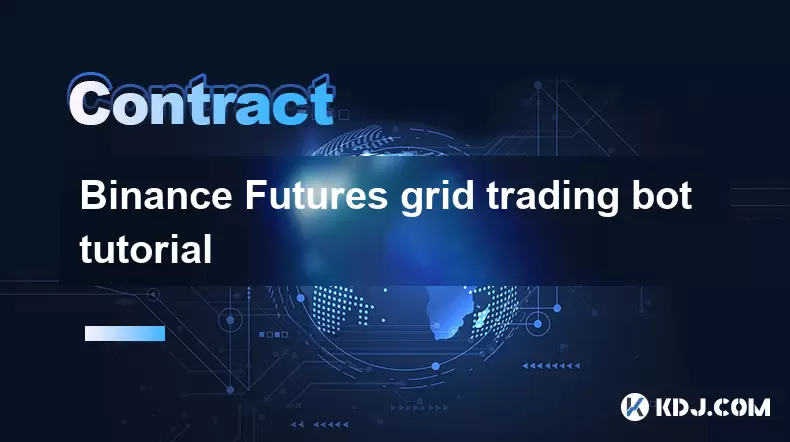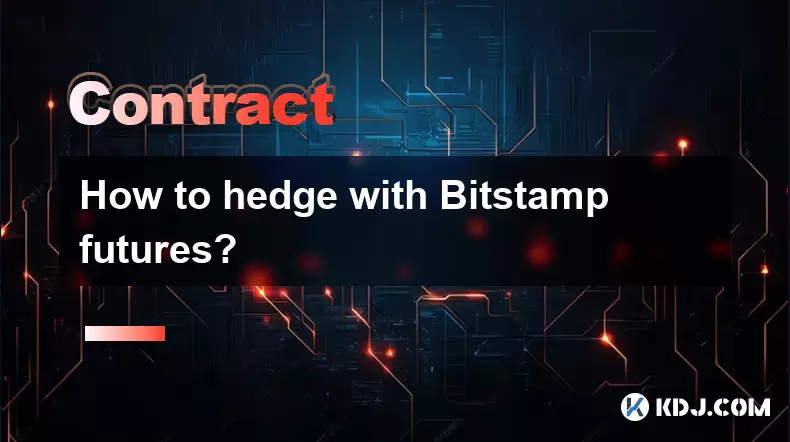-
 Bitcoin
Bitcoin $118800
1.58% -
 Ethereum
Ethereum $3746
0.77% -
 XRP
XRP $3.504
0.58% -
 Tether USDt
Tether USDt $1.000
0.01% -
 BNB
BNB $795.9
5.17% -
 Solana
Solana $202.3
1.89% -
 USDC
USDC $0.0000
0.02% -
 Dogecoin
Dogecoin $0.2660
0.42% -
 Cardano
Cardano $0.8851
0.64% -
 TRON
TRON $0.3168
2.24% -
 Hyperliquid
Hyperliquid $45.60
3.36% -
 Stellar
Stellar $0.4696
2.37% -
 Sui
Sui $3.964
0.86% -
 Chainlink
Chainlink $19.55
0.72% -
 Hedera
Hedera $0.2711
1.51% -
 Avalanche
Avalanche $25.71
0.02% -
 Bitcoin Cash
Bitcoin Cash $526.7
1.89% -
 Litecoin
Litecoin $120.5
4.40% -
 Shiba Inu
Shiba Inu $0.00001524
0.31% -
 UNUS SED LEO
UNUS SED LEO $8.994
0.01% -
 Toncoin
Toncoin $3.290
0.71% -
 Polkadot
Polkadot $4.498
2.49% -
 Uniswap
Uniswap $10.74
1.57% -
 Ethena USDe
Ethena USDe $1.001
0.01% -
 Monero
Monero $324.0
2.53% -
 Pepe
Pepe $0.00001410
0.25% -
 Bitget Token
Bitget Token $4.825
-0.16% -
 Dai
Dai $0.9999
0.01% -
 Aave
Aave $307.9
-2.13% -
 Bittensor
Bittensor $447.8
1.32%
Binance Futures grid trading bot tutorial
Binance Futures grid trading automates buys and sells within a set price range, profiting from volatility—ideal for sideways markets when configured with proper leverage and realistic grid levels.
Jul 23, 2025 at 04:00 am

What is Binance Futures Grid Trading?
Binance Futures grid trading is an automated strategy that places buy and sell orders at predetermined price intervals within a specified range. This method profits from market volatility without needing to predict the direction of price movement. The bot automatically executes trades when the price hits the set grid levels, making it ideal for sideways or oscillating markets. Traders benefit from consistent small gains as the asset price fluctuates within the grid.
Unlike spot grid bots, Binance Futures grid bots operate with leverage and allow for both long and short positions. This adds complexity but also increases potential returns—if managed correctly. The strategy thrives when the market lacks a clear trend and instead moves in a range-bound manner.
Setting Up Your Binance Futures Account
Before creating a grid bot, ensure your Binance Futures account is active and funded. Navigate to the Binance website, log in, and switch to the Futures tab. If you haven’t traded futures before, complete the risk acknowledgment quiz. Then:
- Go to the Wallet section and transfer funds to your Futures wallet.
- Select the asset you want to trade (e.g., BTC/USDT, ETH/USDT).
- Ensure your margin mode is set to either Isolated or Cross, depending on your risk tolerance.
Isolated margin limits risk to the allocated amount, while Cross margin uses your entire balance as collateral. Choose carefully based on your strategy.
Creating a Grid Trading Bot on Binance
Access the grid bot via the Trading Bots section under Futures. Click Create Bot and select Grid Bot. You’ll see several configuration options:
- Pair: Choose your trading pair (e.g., BTCUSDT).
- Grid Quantity Mode: Select either Fixed or Floating. Fixed sets a static number of grids; Floating adjusts based on price range.
- Upper and Lower Price Limits: Define the price boundaries where the bot will place orders. Use historical data or technical analysis to set realistic levels.
- Number of Grids: Decide how many buy/sell orders to place between the upper and lower bounds. More grids mean smaller profit per trade but higher frequency.
Each grid level acts as a mini support/resistance zone, where the bot automatically buys low and sells high within the range.
Configuring Leverage and Risk Settings
Leverage amplifies both gains and losses. In the bot settings:
- Set Leverage (e.g., 5x, 10x). Binance allows up to 125x depending on the pair, but higher leverage increases liquidation risk.
- Enable Auto Margin Increase if you want the bot to add margin when positions approach liquidation.
- Review the Liquidation Price shown in the preview—it must be outside your expected price range to avoid forced closures.
Improper leverage can lead to rapid losses, especially during sharp market moves. Always backtest with historical data or use paper trading first.
Monitoring and Adjusting the Bot in Real Time
Once activated, the bot runs automatically. Monitor performance via the Active Bots tab:
- Check the number of filled grids—this shows how actively the market is moving within your range.
- View realized PnL to track profits from completed trades.
- Adjust the grid range if the price breaks out. You can expand or shift the grid manually without stopping the bot.
If the price moves beyond your grid, the bot stops trading until it re-enters the range. This is not a failure—it’s a built-in safety mechanism. You can pause the bot, modify parameters, and restart it to adapt to new conditions.
Common Mistakes and How to Avoid Them
- Setting too narrow a price range: This leads to frequent trades but minimal profit per grid. Use at least 5–10% range for volatile assets like BTC.
- Ignoring funding fees: In perpetual futures, holding positions incurs funding fees every 8 hours. These can erode profits over time—factor them into your grid spacing.
- Using high leverage on volatile pairs: A 50x leverage on ETH during a news event can trigger liquidation even within a well-set grid.
Always start with low leverage and a wide grid to understand how the bot behaves under real market conditions.
Frequently Asked Questions
Can I run multiple grid bots simultaneously on Binance Futures?
Yes. Binance allows multiple active grid bots across different trading pairs. Each bot operates independently, so you can manage BTC, ETH, and SOL grids at the same time. Just ensure your total margin usage doesn’t exceed your available balance.What happens if the price breaks out of the grid range?
The bot stops placing new orders until the price re-enters the range. No automatic action occurs. You must manually adjust the grid or pause the bot to prevent missed opportunities or exposure to one-sided movement.How do I calculate the ideal number of grids for a given price range?
Divide the total price range by your expected average price movement per grid. For example, if your range is $100 (from $3000 to $3100) and you expect $5 moves, use 20 grids. More grids = smaller profit per trade but higher trade frequency.Is it safe to leave a grid bot running 24/7?
It can be, provided you’ve stress-tested the configuration. Always monitor liquidation prices, set appropriate leverage, and avoid leaving bots unattended during major news events like CPI releases or Fed announcements.
Disclaimer:info@kdj.com
The information provided is not trading advice. kdj.com does not assume any responsibility for any investments made based on the information provided in this article. Cryptocurrencies are highly volatile and it is highly recommended that you invest with caution after thorough research!
If you believe that the content used on this website infringes your copyright, please contact us immediately (info@kdj.com) and we will delete it promptly.
- Bitcoin Betting, Small Investors, and the Specter of Dollar Collapse: A New Yorker's Take
- 2025-07-23 08:50:11
- Altcoins, Binance Futures, and Bitcoin Rotation: Catching the Crypto Wave
- 2025-07-23 09:10:11
- Dianne Smith, a Spanish Doubloon, and JM Mason: A Pike County Tale
- 2025-07-23 08:30:13
- Bitcoin, Investor, and Computer Blunders: A $95 Million Lesson
- 2025-07-23 09:30:12
- Bitcoin Bulls Eye $115,000, Poised for a $120,000+ Breakout?
- 2025-07-23 08:50:11
- MoonBull vs. Turbo: Who Wins the Crypto Meme Coin Race in 2025?
- 2025-07-23 08:30:13
Related knowledge

Why is my Bitstamp futures position being liquidated?
Jul 23,2025 at 11:08am
Understanding Futures Liquidation on BitstampFutures trading on Bitstamp involves borrowing funds to open leveraged positions, which amplifies both po...

How to find your Bitstamp futures trade history?
Jul 23,2025 at 08:07am
Understanding Bitstamp and Futures Trading AvailabilityAs of the current state of Bitstamp’s service offerings, it is critical to clarify that Bitstam...

How to trade ETH perpetuals on Bitstamp?
Jul 23,2025 at 03:28am
Understanding ETH Perpetual ContractsETH perpetual contracts are derivative products that allow traders to speculate on the price of Ethereum without ...

How to hedge with Bitstamp futures?
Jul 23,2025 at 02:00am
Understanding Bitstamp Futures ContractsBitstamp futures are financial derivatives that allow traders to speculate on or hedge against the future pric...

What happens during a Bitstamp margin call?
Jul 23,2025 at 07:42am
Understanding Bitstamp Margin CallsA Bitstamp margin call occurs when the value of a trader’s equity in a margin position falls below the required mai...

What is maintenance margin on Bitstamp?
Jul 23,2025 at 10:08am
Understanding Maintenance Margin on BitstampMaintenance margin on Bitstamp refers to the minimum amount of equity that must be maintained in your marg...

Why is my Bitstamp futures position being liquidated?
Jul 23,2025 at 11:08am
Understanding Futures Liquidation on BitstampFutures trading on Bitstamp involves borrowing funds to open leveraged positions, which amplifies both po...

How to find your Bitstamp futures trade history?
Jul 23,2025 at 08:07am
Understanding Bitstamp and Futures Trading AvailabilityAs of the current state of Bitstamp’s service offerings, it is critical to clarify that Bitstam...

How to trade ETH perpetuals on Bitstamp?
Jul 23,2025 at 03:28am
Understanding ETH Perpetual ContractsETH perpetual contracts are derivative products that allow traders to speculate on the price of Ethereum without ...

How to hedge with Bitstamp futures?
Jul 23,2025 at 02:00am
Understanding Bitstamp Futures ContractsBitstamp futures are financial derivatives that allow traders to speculate on or hedge against the future pric...

What happens during a Bitstamp margin call?
Jul 23,2025 at 07:42am
Understanding Bitstamp Margin CallsA Bitstamp margin call occurs when the value of a trader’s equity in a margin position falls below the required mai...

What is maintenance margin on Bitstamp?
Jul 23,2025 at 10:08am
Understanding Maintenance Margin on BitstampMaintenance margin on Bitstamp refers to the minimum amount of equity that must be maintained in your marg...
See all articles

























































































